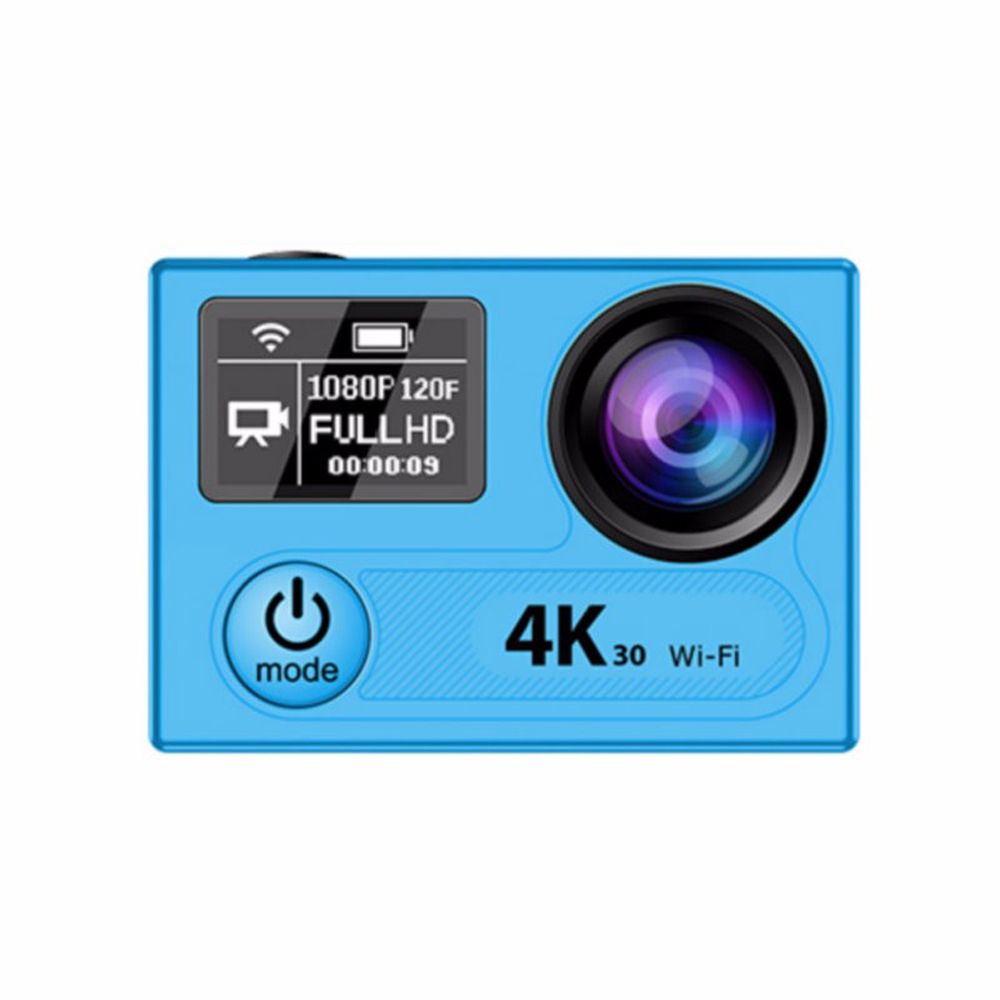
- #Memory monitor vista install
- #Memory monitor vista driver
- #Memory monitor vista windows 10
- #Memory monitor vista download
To turn off the Conversations feature, point to Options on the Tools menu, click the Capture tab, and then click to clear the Enable Conversations check box. Some higher-level protocol filters require conversation properties. By default, the Conversations feature is turned on. This may cause the computer to become unresponsive. The Conversations feature of Network Monitor 3 significantly increases memory use. Network Monitor 3 displays the conversations and the associated frames in a tree structure in the Network Conversations pane. In addition to capturing data, Network Monitor 3 assigns properties to frames, and then uses the properties to group the frames into conversations. To do this, on the Tools menu, point to Options, and then click the Capture tab. You can configure the capture file size, the location where the capture files are stored, the available hard disk space limit, and other capture options. Then, Network Monitor 3 stops the capture session. By default, if you do not stop the capture session, Network Monitor 3 continues to store capture files in the \Temp folder until the available hard disk space on the computer is less than 2 percent. By default, the size of each capture file is 20 MB. When you start a capture session, Network Monitor 3 stores frames in a sequence of capture files that are located in the \Temp folder. Some things to consider are listed as follows. Network Monitor 3 may consume lots of system resources. For more information about Nmcap.exe, see the Nmcap.exe command-line tool in the General usage section. In scenarios where load is something to consider, use the command-line version of Network Monitor 3 to capture network data. Network Monitor 3.4 is supported on the following operating systems:Ĭurrently, we do not recommend that you run Network Monitor 3 on production systems where the extra load could affect the performance.

x does not capture network data correctly in Windows Vista. To capture network data in Windows Vista, you must use Network Monitor 3.4. x NPPTools, the tools will no longer work. If you are using tools that rely on Network Monitor 2.
#Memory monitor vista driver
This new driver supports new features of the Network Driver Interface Specification (NDIS) 6.0 driver. Network Monitor 3.4 includes a new driver for Windows Vista, Windows Server 2008, and Windows 7.
#Memory monitor vista install
When you install Network Monitor 3.4, any previous version of Network Monitor 3 is uninstalled. Therefore, conflicts do not occur if an earlier version is installed in a different folder on the computer. By default, Network Monitor 3.4 is installed in the %Program Files%\Microsoft Network Monitor 3 folder. Network Monitor 3.4 can co-exist with Network Monitor 2.x. Support information for Network Monitor 3.4 is located at ( ).
#Memory monitor vista download
This article contains download and support information, installation notes, and general usage information about Network Monitor 3.

You can use it to help troubleshoot problems with applications on the network. It enables you to capture, to view, and to analyze network data.

Network Monitor 3 is a protocol analyzer. This article contains information about Microsoft Network Monitor 3.
#Memory monitor vista windows 10
This article contains download and support information, installation notes, and general usage information about Network Monitor 3.Īpplies to: Windows 10 - all editions, Windows Server 2012 R2 Original KB number: 933741 Summary


 0 kommentar(er)
0 kommentar(er)
